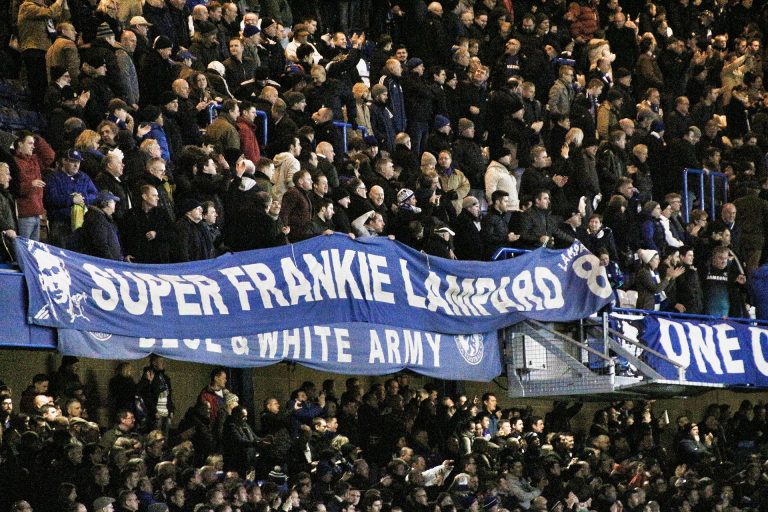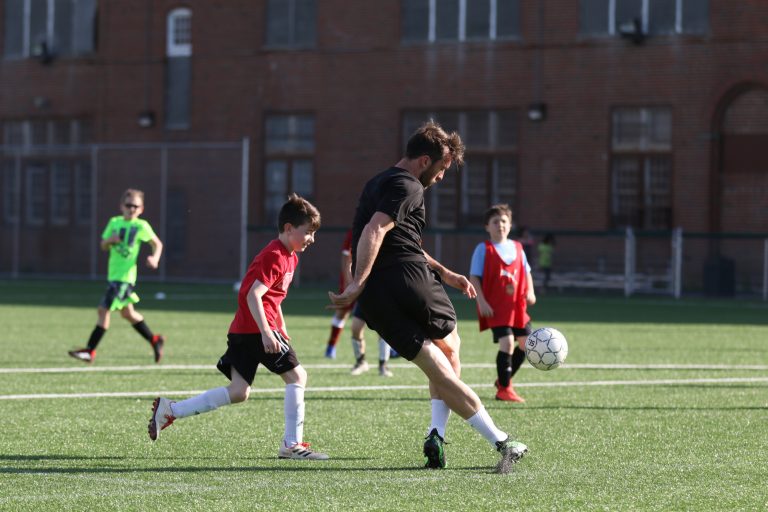Developing great footballers here in the U.S. has been quite the conundrum in recent years. The U.S. has over 307 million people amongst a growing, diverse population. It is staggering to imagine how many great players there may be, especially if they choose soccer over American football, basketball, and baseball at a young age. Imagine Lebron James dribbling a soccer ball instead of a basketball or Michael Vick squatting down shots as a keeper.
America grows athletes and those athletes could become Premiership-quality footballers if they are given the right opportunities. There could be hundreds of world-class footballers roaming American football fields, basketball courts, and baseball diamonds. In certain areas lacrosse is recruiting excellent athletes that may have chosen the beautiful game just a few years ago. It is a competitive market that can swing in soccer’s favor with the right system.
Everyone from the USSF to former players have their own ideas of what this system may be, but what we lack is a coherent and consistent plan that is the foundation of play in Europe. Many world-class clubs realize the true potential of American players, but the development of said players must happen at an early age. What we need here in the States is a saturation of English academies that can teach our players the right way to play: the English way. Many of these academies are on the horizon, especially with Arsenal’s recent interest in the United States.

Trevor Gould, Head of the Centre of Excellence for Northampton Town FC, sheds some light on the subject as he discusses his club’s academy program in great detail.
Gould’s academy made world headlines after Chelsea signed Michael Gyasi, an eleven-year-old striker, from their academy program. This was not the first headline as Northampton has produced Premier League footballers for almost 20 years, including Mark Bunn (Blackburn), Luke Chambers (Nottingham Forest), Bradley Johnson (Leeds United) and Mark Randall (Arsenal).
1. Could you describe the mission/vision of the Northampton Town academy program?
Our aim in the Centre of Excellence is simple, to produce good footballers. These will be players who will be sold on as a youngster, or ideally, will progress through into our first team and do well for the club.
2. How has the signing of Gyasi by Chelsea brought attention to your program?
It has helped, but I think we have always had a fine reputation for producing our own players. We have a number of our own players in our first team at the moment, and others who have done so and who have moved on having enjoyed success with us.
3. Is Northampton Town considering building partnerships with overseas clubs, particularly in the United States?
Not at the moment. Our focus at the moment is very much on developing local talent. Northampton is a huge area, and we have a massive population to cover. I want to make sure we are looking after our local players first, before we spread the net further afield.
4. Can you describe the development pyramid used by your academy? Are there certain ages that have become a focus?
I am in charge from the under-nines up to under-16s. That means taking charge of their coaching programme, creating good facilities and environment for them to train twice a week and then play on Sundays. It involves recruitment, working with our scouts and looking after the structure of the syllabus for the coaching – all of it aiming to make sure they develop in the right way. Hopefully some can then gain a professional contract from within the club.
The under-nines up to under-14 play games on Sundays against a variety of other clubs. We work it to have three teams at home and three away on specific Sundays. Results are not recorded because this is very much football for development and is all about the coaching of the boys and getting them used to the officiating. When the boys reach under-16 level the games are on Saturdays. Results are still not recorded but games do become more competitive. Ray Warburton takes them at this level and the training is stepped up. They come in on Tuesday evenings and then we have a day-release on Wednesday when they come into the club, get used to the environment and what it is like to be a professional footballer, so they know what to expect if they are offered the chance of a YTS scheme. It breaks them into the atmosphere and we can judge if they can cope with it because there is a lot of pressure in football.
The next step comes from age 16 to 18 for those given scholarships as ‘students’ and at this stage our Head of Youth Sean Parrish takes over their training. They have at least one day on release to college and on the field it hots up as they play in a competition with other League clubs.
5. How many staff members are involved with the academy? How many players are currently served? Could you give me an estimated percentage of academy players that go on to play for the first team?
We have 3 full-time staff and a host of part-time coaches and physios. We serve around 80 players in our Centre of Excellence. Each year we hope for 1 or 2 to make the breakthrough into the first team.





